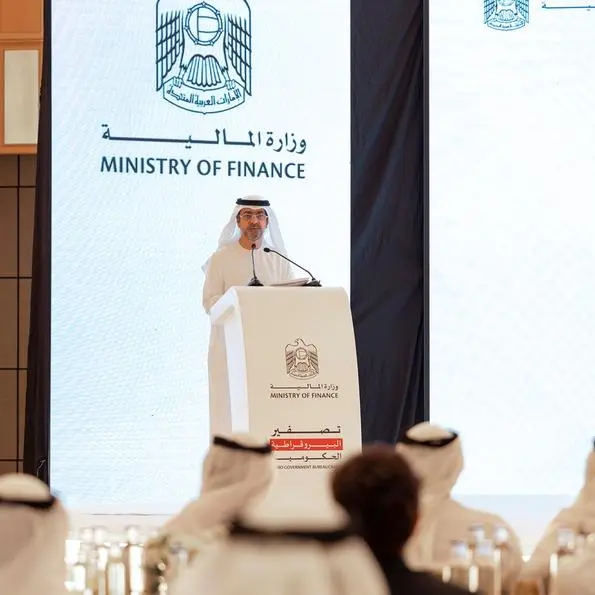PHOTO
Weaker-than-projected global oil demand growth will trigger unexpected headwinds to the economies of major oil exporters in the Arab Gulf in 2023 with a lower rate of expansion than previously estimated, according to analysts.
For the six–nation GCC region, growth next year is expected at 4.2 per cent, slower than estimated earlier but lower than the 6.6 per cent growth predicted for 2022, according to economists polled by Reuters.
In 2022, GCC economies are on track for the fastest economic growth in years and for budget surpluses, for some of them the first surpluses in a decade, economists pointed out. But growth is expected to slow down in 2023 due to the weaker oil demand, the Opec+ production cuts as of November, spiking food prices, and fears of a recession in major oil-importing countries.
According to the International Monetary Fund, economic growth is projected at 5.2 per cent this year for the oil exporters in the Middle East and Central Asia, with high oil prices and robust non-oil GDP growth offsetting the global headwinds. However, economic activity in these countries is expected to slow next year on the back of Opec-plus production cuts, oil price decline, and fall in global demand, Jihad Azour, director of the Middle East and Central Asia Department at the IMF, was quoted as saying.
A gradual slide in oil revenues due to falling prices and a surging US dollar, to which the GCC currencies are pegged, are also expected to weigh down on the region’s 2023 economic growth.
Goldman Sachs has cut its 2023 oil price forecast due to expectations of weaker demand and a stronger dollar, but said the ongoing global supply disappointments only reinforced its long-term bullish outlook.
Goldman's commodities research division lowered the price forecast for next year by $17.5 per barrel on average, even as it saw a seasonally adjusted global oil market deficit in the fourth quarter of 2022 and in 2023.
The US Energy Information Agency forecasts an oil price of $93 per barrel in Q4 2022 and $95 per barrel in 2023. The EIA’s forecast projects a supply-demand parity midway through 2023, which it predicts will last for the rest of the year.
At the beginning of the pandemic, consumption was approximately five million barrels lower than the supply. The EIA’s report projects consumption only slightly below production for 2022, at 99.55 million barrels and 100.03 barrels, respectively. However, it shows a slight reversal of this balance in 2023. The agency forecasts consumption of 101.50 million barrels and production of 101.28 million barrels for 2023
According to Khatija Haque, head of research and chief economist at Emirates NBD, GCC countries have benefitted from sharply higher oil prices, turning budget deficits into surpluses, and increased oil production which has bumped up GDP growth.
“However, the outlook for 2023 is more challenging, given the strength of the US dollar.”
Copyright © 2022 Khaleej Times. All Rights Reserved. Provided by SyndiGate Media Inc. (Syndigate.info).























